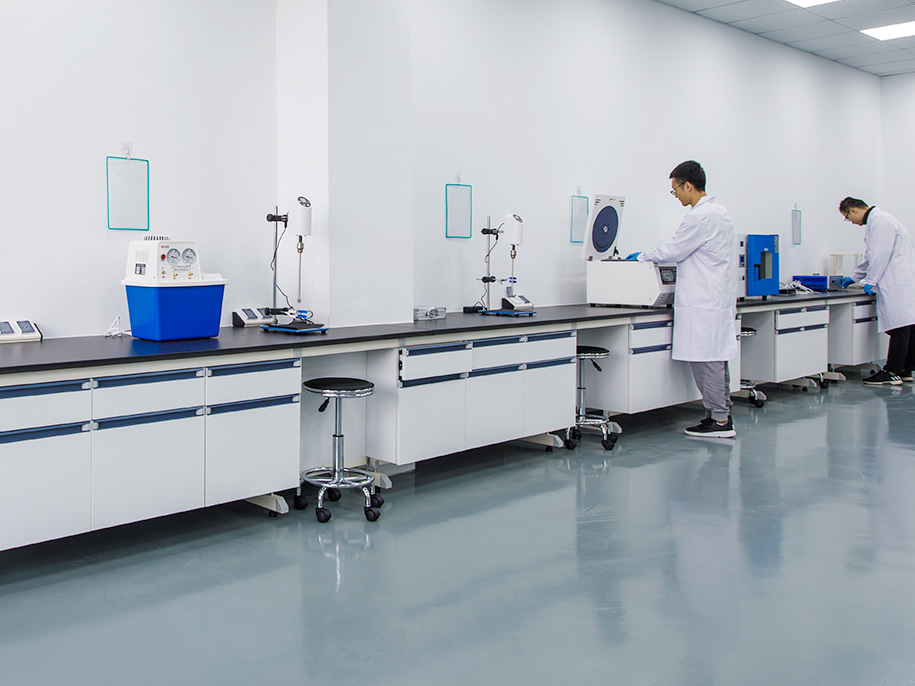Purification technology for graphite materials is crucial for improving the quality and performance of graphite in various applications, including lithium-ion batteries, fuel cells, and high-temperature refractories. The objective is to remove impurities such as silicates, metal oxides, and other unwanted materials to achieve high-purity graphite. Here are the main methods used for graphite purification:
1. Physical Methods
1.1 Flotation Process
- Description:Flotation is a commonly used method for the beneficiation of graphite. It involves grinding the graphite ore and then mixing it with water and chemical reagents. The reagents create bubbles to which graphite particles adhere and float to the surface, where they are skimmed off.
- Advantages:Effective for large-scale operations and can achieve moderate purity levels.
- Disadvantages:Limited by the initial purity of the graphite ore and the presence of intergrown minerals.
1.2 Gravity Separation
- Description:This method exploits the differences in density between graphite and impurities. Techniques such as shaking tables and jigs can be used to separate graphite based on its lower density compared to gangue minerals.
- Advantages:Environmentally friendly and simple.
- Disadvantages:Often insufficient for achieving high purity levels required for advanced applications.
2. Chemical Methods
2.1 Acid Leaching
- Description:Acid leaching involves treating the graphite with acids like hydrofluoric acid (HF), hydrochloric acid (HCl), or sulfuric acid (H2SO4) to dissolve impurities. The graphite is then washed and neutralized.
- Advantages:Capable of achieving high purity levels (up to 99.99%).
- Disadvantages:Hazardous chemicals are involved, requiring careful handling and disposal.
2.2 Alkali Roasting
- Description:Graphite is mixed with an alkali, such as sodium hydroxide (NaOH), and heated to a high temperature. The alkali reacts with impurities to form soluble salts that can be leached out with water.
- Advantages:Effective in removing silica and alumina impurities.
- Disadvantages:High energy consumption and the potential for graphite oxidation.
3. Thermal Methods
3.1 Thermal Purification
- Description:This method involves heating the graphite to very high temperatures (2500°C to 3000°C) in an inert or reducing atmosphere. At these temperatures, volatile impurities are vaporized and removed.
- Advantages:Achieves very high purity levels (>99.99%) and does not involve hazardous chemicals.
- Disadvantages:High energy costs and potential structural damage to the graphite.
4. Electrochemical Methods
4.1 Electrochemical Purification
- Description:Graphite is subjected to an electrochemical treatment where it is made the anode in an electrolytic cell. Impurities are dissolved and removed from the graphite surface.
- Advantages:Fine control over the purification process and ability to achieve high purity.
- Disadvantages:Complex setup and operational costs.
5. Hybrid Methods
5.1 Combined Physical and Chemical Methods
- Description:These methods combine flotation or gravity separation with acid leaching or alkali roasting to improve the overall efficiency and purity of the graphite.
- Advantages:Enhanced removal of a wide range of impurities.
- Disadvantages:Requires careful integration and optimization of multiple processes.
Conclusion
The choice of purification method depends on the initial purity of the graphite, the nature of the impurities, the required purity level, and economic considerations. Advances in purification technologies continue to improve the efficiency and effectiveness of these processes, meeting the growing demand for high-purity graphite in various advanced applications.

